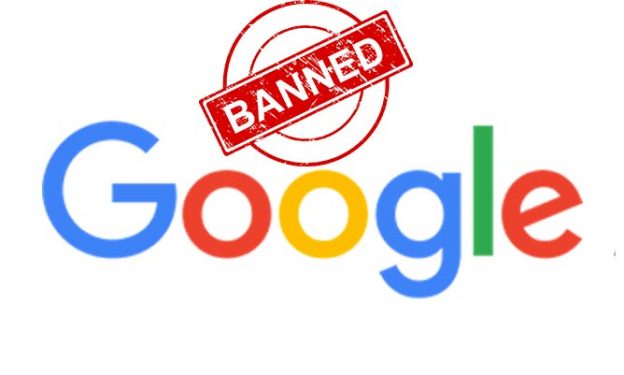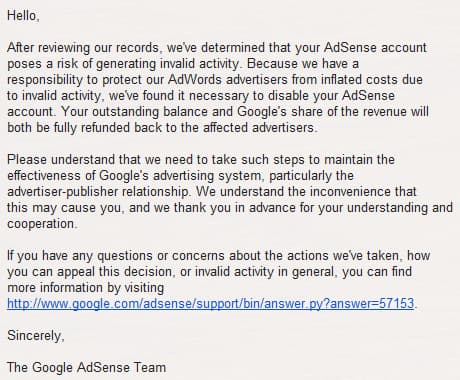There’s a big problem with the way some individuals are obsessed with SEO. They are addicted to checking stats, like 10 times a day. They slave for hours over keyword minutia, wanting more clicks and search engine hits.
All they can think about is their next “fix.” How many backlinks do I have? What PageRank do I have now? Are these links nofollowed? Should I target more keywords?
Newsflash… SEO is the NOT the “holy grail” of traffic anymore.
It was until 2006. Search engines were pretty much all there was. If you were looking for something, you either searched for it, emailed some friends, or went to the store and looked.
Since 2006 I’ve noticed a shift in my traffic. It’s drifted away from SEO and search, to social media and syndication services.
I’m talking MASSIVE traffic from the YouTubes, iTunes, Twitters, PRWebs and social bookmarking services of the world. One podcast I did snagged over 100,000 downloads, a PDF newsletter 50,000.
Plus, I get all sorts of traffic from written content in articles, posts, newsletters, whitepapers, ebooks and blog comments. In fact, one single comment on a tech blog drove over 400 visitors to my site in the first hour.
My advice to those individuals obsessed with SEO? Get your head out of your stats. ![]() SEO has limited clicks, or “inventory” available.
SEO has limited clicks, or “inventory” available.
For example, take a commercial keyword that has 20,000 searches per month. Divide that by a “normal” 1.5% conversion and that’s 300 potential sales for the month. Now split those sales over the top 10 search results and all the paid ads.
If you’re lucky, you might snag a couple of those sales. Sad huh?
The solution? Go where the people hang out. That’s the key to getting more traffic.
Even if you rank for dozens of keywords, here’s a reality check. Unless you own the search engine, you don’t OWN those search results. All it takes is one small change to the search engine algo and… Blammo!
You got nothing. You’re knocked out of the top 10 results.
Months of SEO work down the tube. You could be out of business overnight. I’ve seen it happen to hundreds of people. Especially affiliate marketers. Right or wrong, that’s how it is.
The solution? Be social.
Don’t wait for people to come to you. Go where they hang out.
Position yourself as the leader in your niche, or product category. Talk with people. Start participating in the conversations like I teach in my Goobert Social Media Marketing Method.
A good case in point is Gary Vaynerchuk, with his Wine Library TV and amazing book called Crush It. (Which I’ve listened to three times and highly recommend).
Gary didn’t rely on search engines at all. He attributes his rapid growth and success to the freely available social media tools, which didn’t even exist two years ago.
A more subtle everyday example is my friend… He’s looking for an iPhone dock with speakers. Did he search? No.
He Tweeted. He got got several replies. Took the recommendations. Read the product reviews on Apple and Amazon. And made the purchase decision. All without resorting to a search engine.
The evidence is clear. Since 2006, most people turn to their social networks, videos, podcasts and product reviews for advice. Especially for advice on purchase decisions.
So if you have any kind or product or service you’re promoting, you’ve got to get a Twitter account and subscribe to Google Alerts. Monitor the conversations about your websites and brands.
Jump into those conversations when it makes sense to do so. It’s your chance to influence a purchase decision before they resort to a search engine.
Take a camera and throw together some quick three minute videos for Youtube. Especially if your product, or service is visually oriented, or if it’s a process that you can show people.
Take people on a virtual tour with the camera. Show the features and benefits. Let the videos help you sell everything from washing machines to GPS units.
If you sell software, make screen capture videos with Camtasia or Screenflow. Show them how easy your product is to use, and the benefits of using it.
You could do a telephone interview with an expert and have it recorded. Make it into an MP3 and post it into iTunes for instant traffic.
Maybe set up a UStream channel and broadcast yourself live. Everyone from musicians to hair salons are jumping on this.
Video, audio, screencasts, slidecasts, blogging, tweeting, facebooking… it’s all exploding in popularity. It only makes sense to be part of the mediums where people hang out.
So please…. please… stop obsessing over SEO and your search engine rankings. Stop relying so heavily on search results for traffic.
Start obsessing over where the people are. What they’re doing online. And where they’re going next. Try to find them earlier in the decision making process, by getting there first.
Try creating videos, ustreams, podcasts, slide shows, screencasts, blogs, tweets, and commenting on other people’s blogs. That’s where the people hang out and spend the most time online.
- Position yourself as the leader in your niche. You know your topic better than anyone… or at least you should be trying to.
- Show them by participating and producing quality content, that you’re the right person to lead them.
- By syndicating your content, you’ll get more qualified traffic than you ever could with the “cold call” of search results.
- People will find you from 100 places, not just one or two search engines. So you’ll sleep better at night because you’re not obsessing over SEO.
- You’ll have a lot more fun making videos, than begging people to link to you.
- You’ll convert double, or maybe even triple the clicks into sales, because of your leadership and influence.
So ease up on the SEO and get out your video camera instead. Syndicate that video in several media channels and you’ll get all the traffic you need.




 At ThinkBalm we’ve had a couple of great years as industry analysts dedicated to covering work-related use of immersive technologies—an early-stage, emerging technology market. We have worked with some terrific people at great client organizations like Altadyn, BP, Chevron, Forterra Systems (now part of SAIC), Linden Lab, Moondus, ProtonMedia, Teleplace, and Tandem Learning. We’ve published nine comprehensive reports spanning market overview, business value, technology selection, barriers to adoption, and best practices—and made this research freely available via our Web site. We launched the
At ThinkBalm we’ve had a couple of great years as industry analysts dedicated to covering work-related use of immersive technologies—an early-stage, emerging technology market. We have worked with some terrific people at great client organizations like Altadyn, BP, Chevron, Forterra Systems (now part of SAIC), Linden Lab, Moondus, ProtonMedia, Teleplace, and Tandem Learning. We’ve published nine comprehensive reports spanning market overview, business value, technology selection, barriers to adoption, and best practices—and made this research freely available via our Web site. We launched the